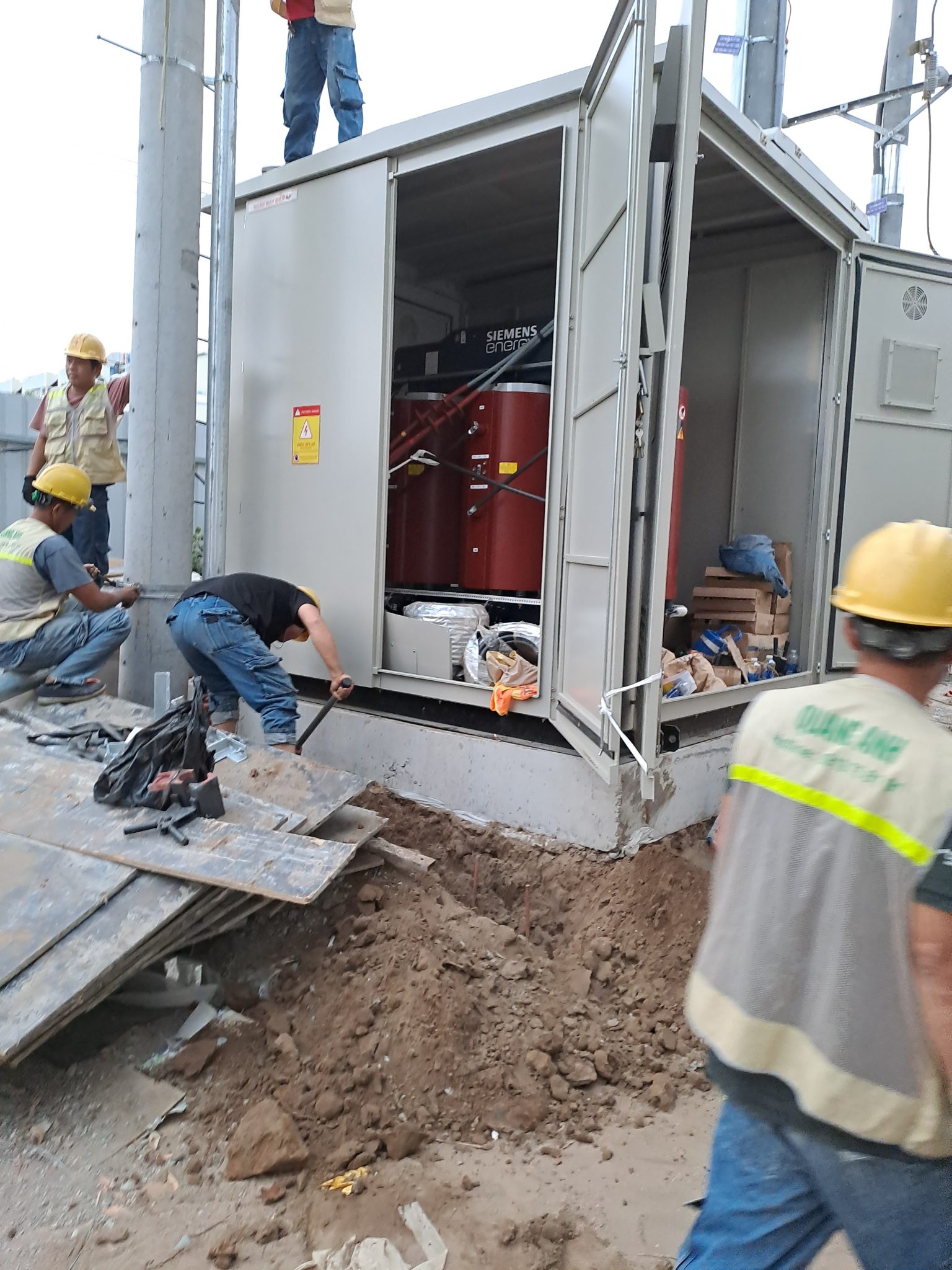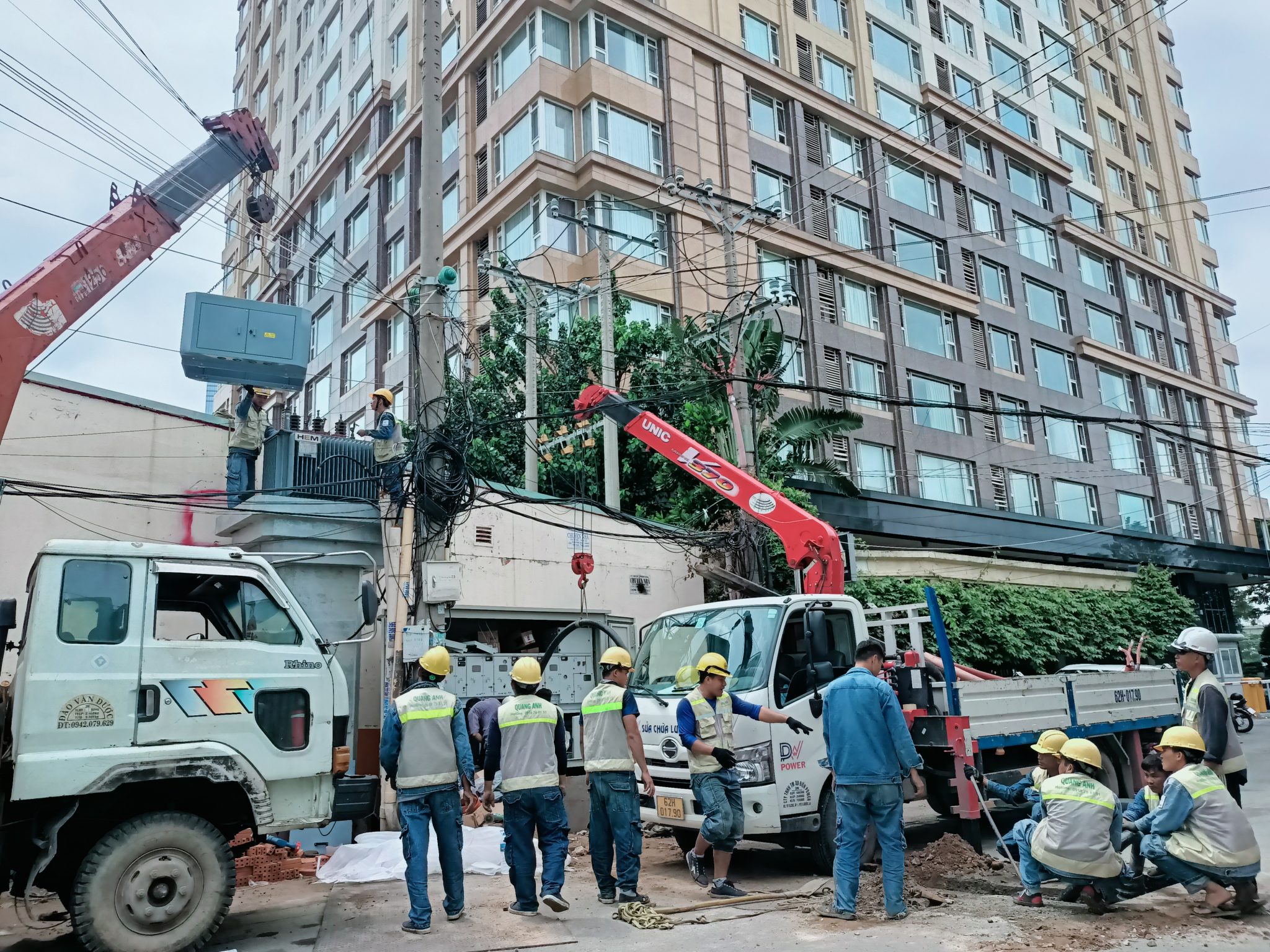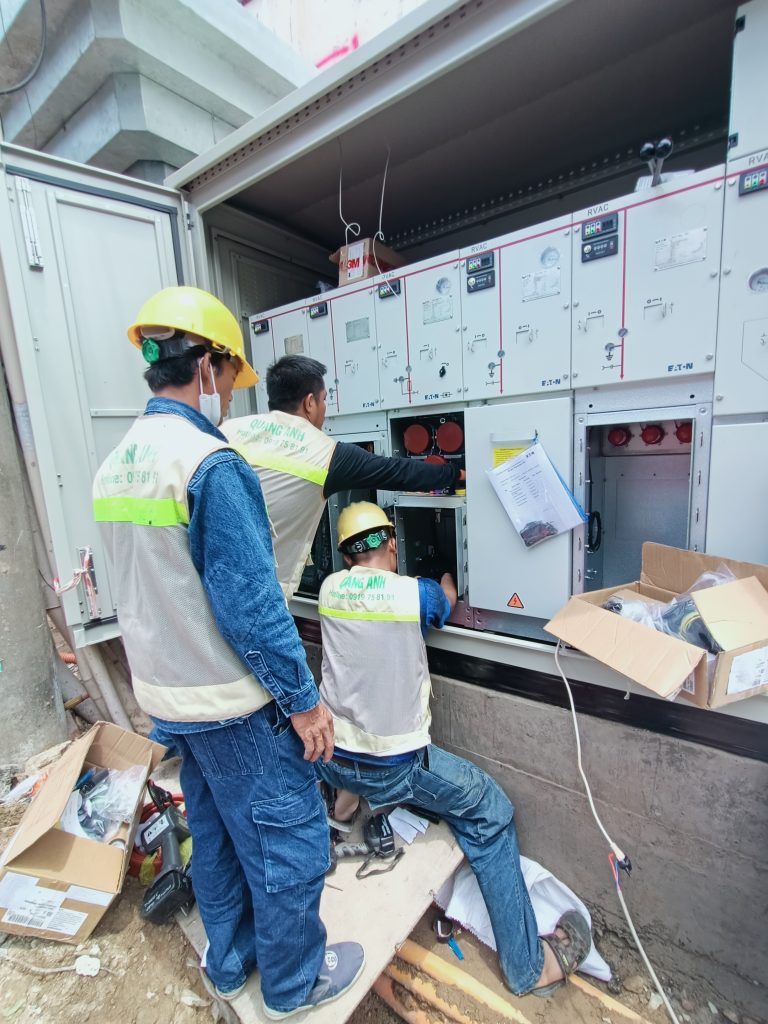News
Solar Labor Costs in Vietnam: Detailed Information and Trends 2025
Based on compiled data on solar installation costs in Vietnam, labor costs usually account for about 15-30% of the total investment, depending on various factors including geographical location and project scale.
Labor Cost Proportion in Total Construction Investment
In solar systems in Vietnam, labor costs typically account for about 15-30% of the total investment. This amount varies depending on the complexity and scale of the system. For example, costs for a 3 kWp system range from 5.25 to 13.5 million VND.
Labor costs are a significant part of any project’s construction costs, often accounting for 20% to 30% of total expenses. This labor cost percentage can vary depending on construction solutions and the type of materials used. Therefore, effective manpower management is essential to ensure costs do not exceed initial estimates.
According to the Ministry of Construction, labor costs must be calculated based on various factors, from basic wages to special allowances like working in hazardous or mobile conditions. This is an important part of labor management, ensuring that all allowances are accurately reflected in the overall costs.
Optimizing construction also plays a key role in reducing labor cost proportions. Companies can apply advanced technologies to improve productivity, thereby minimizing reliance on manual labor. Moreover, selecting appropriate materials and managing time strictly can help shorten construction duration, reducing costs by eliminating unnecessary tasks.
From an economic perspective, reasonable labor cost estimation in budgeting is necessary but still lacking legal consistency. Currently, most regulations are basic principles and guiding circulars. However, applying effective labor cost management measures can bring significant benefits to businesses in the current economic context.

Factors Influencing Labor Costs
Labor costs are influenced by factors such as geographical location and project complexity. Northern, Central, and Southern regions show differences in labor costs. Roof types like tile, metal, or concrete also significantly affect labor costs.
Labor cost is a crucial factor in the construction industry, especially when considering the overall project costs. Understanding the factors affecting labor costs is vital for optimizing project management.
- Geographical location and construction site: Urban areas usually have higher labor costs than rural areas due to higher living expenses and wage rates in cities. Remote and mountainous areas, as well as islands, can significantly increase labor costs due to difficult working conditions and higher material transportation costs.
- Nature and scale of the project: Projects requiring high technical standards or special designs often demand skilled labor, thus increasing labor costs. Projects with large construction areas or more floors also directly affect costs due to increased demand for labor quantity and quality.
- Skill level and experience of the labor force: Workers with high skill levels and long experience are often paid more, resulting in higher labor costs for these projects. When competing to attract skilled workers in areas with labor shortages, costs may rise significantly.
- Construction time and project progress: Shorter completion times or working during peak periods of the year can push up labor costs due to the need to increase the number of workers or overtime. Construction conditions are also important; if the project requires strict safety measures or complete safety equipment, these costs will be reflected in common labor costs.
- Other factors: Convenient transportation conditions help reduce worker travel costs, while areas with underdeveloped infrastructure can increase labor costs due to higher travel costs.

Solar Market Situation 2025
In 2025, investment in solar power in Vietnam continues to grow. Installation costs range from 10 to 16 million VND/kWp, with labor costs representing a significant portion, reflecting the complexity and high technical requirements of this field.
In 2025, Vietnam’s solar market is entering a strong development phase thanks to solar power support policies and increasing demand for renewable energy. Specifically, Decree 58/2025/NĐ-CP has provided a solid legal framework for solar projects, particularly rooftop solar projects. This allows both citizens and businesses to sell their excess electricity to the national grid with clear financial and land incentives mechanisms.
A highlight in this market is the change in pricing mechanisms. 2025 solar power prices will be applied according to geographical regions, reflecting differences in radiation potential, with the Central and Southern regions benefiting from higher sunlight intensity. Notably, large-scale projects continue to receive tax incentives and reduced electricity transmission costs. Metering and grid integration systems must strictly comply with new technical standards in Circular 05/2024/TT-BCT.
In general, solar investment trends are spreading. Households prioritize rooftop solar power to exploit clean energy sources, while businesses install systems on warehouse roofs to reduce operational costs. In rural and remote areas, standalone solar systems are increasingly popular. The development of solar panel technology, improving conversion efficiency, and significantly reducing initial investment costs play a key role in this trend.
Especially, flexible investment models such as leasing or financial sponsorship are expanding access opportunities for many audiences. Globally, the solar market scale is forecast to reach over $300 billion by 2025, indicating strong growth trends of renewable energy sources.

Investment in solar power brings many technical and strategic benefits, especially as Vietnam continues to expand its renewable energy sector. Understanding labor costs helps optimize project costs and effectiveness.
For more details and direct consultation, please contact QuangAnhcons via hotline: +84 9 1975 8191.
QuangAnhcons provides solar power system consulting and installation services in Vietnam, focusing on cost optimization and system efficiency enhancement.

 Tiếng Việt
Tiếng Việt 简体中文
简体中文 Deutsch
Deutsch 日本語
日本語 한국어
한국어 ไทย
ไทย Русский
Русский Français
Français
